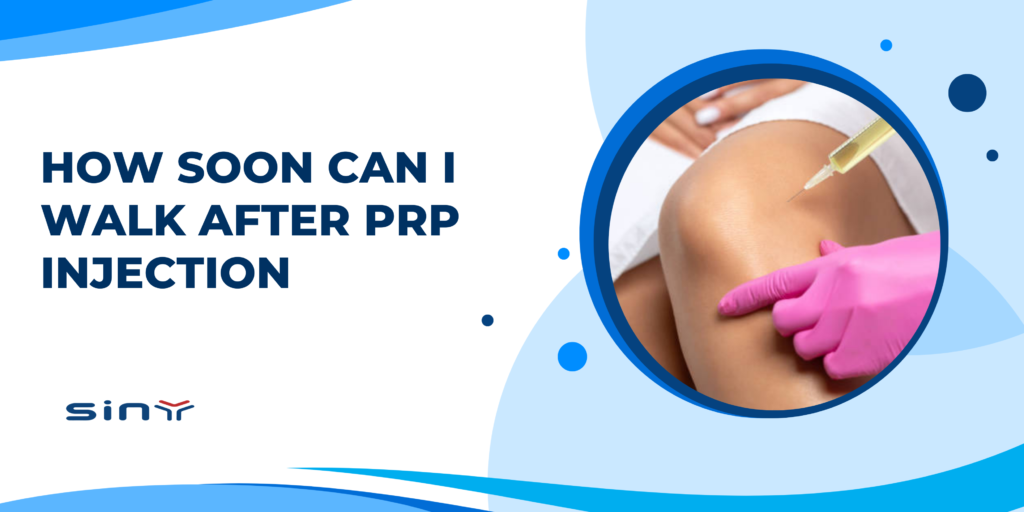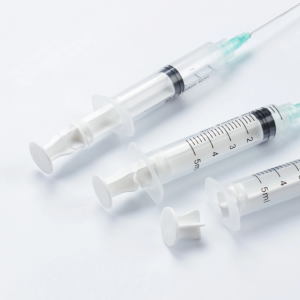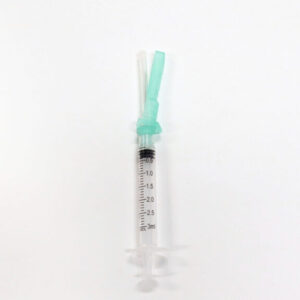For patients seeking platelet-rich plasma (PRP) treatment, the question “How long after the injection can I walk?” is a primary concern. As clinicians, clinic operators, and distributors of medical supplies, we understand that providing a standard answer is insufficient to demonstrate our professional value. A patient’s recovery journey is a complex curve influenced by numerous variables. However, among these numerous variables, there is one core factor that we can directly control and optimize: the quality of the PRP preparation we use. This guide aims to go beyond basic patient information and delve into how, from a professional perspective, we can set and achieve more optimal recovery expectations for our patients by choosing superior treatment tools.
Setting a Baseline: Typical Recovery Timeline After PRP Injections
Establishing a clear recovery timeframe for patients is the first step in managing their expectations and compliance. Generally, we can divide recovery after PRP injections into several key stages. In the first 24 to 72 hours, the inflammatory response at the injection site reaches its peak, and soreness and swelling are normal. Patients are advised to rest during this stage. Over the next 1 to 2 weeks, as the acute inflammation subsides, patients can gradually resume light daily activities and short-distance walking. The key improvement usually occurs in weeks 3 to 6, when the growth factors released by PRP continue to act to promote tissue repair, and patients will experience significantly reduced pain and enhanced functionality. Although this is a generally applicable model, professional healthcare providers understand that this is only a benchmark, and the true recovery rate depends on deeper factors.
Beyond the norm: Key variables influencing recovery progress
The severity of the injury, the site of treatment, and the patient’s overall health are traditionally key factors influencing recovery speed. For example, PRP used to treat chronic knee arthritis will inevitably have a different postoperative management and recovery profile than PRP used for an acute Achilles tendon rupture. However, in clinical practice, an even more crucial variable is often overlooked: the exact biological makeup of the PRP preparation you inject into your patient. Different PRP preparation systems produce end products with vastly different concentrations, purity, and cellular composition. An inefficient system may simply concentrate platelets while failing to effectively remove red blood cells and pro-inflammatory white blood cells, which can exacerbate postoperative pain and inflammation, undoubtedly slowing a patient’s recovery.
High-quality PRP: the cornerstone for optimizing clinical outcomes
The success of treatment depends largely on the quality of the PRP preparation—that is, the concentration, purity, and bioactivity of the platelets. A top-notch PRP separation technology has a goal far greater than simply concentrating platelets. Its core advantage lies in its ability to recover the vast majority of platelets from the blood with extremely high efficiency, while precisely separating and removing those cellular components that are unhelpful or even harmful to tissue repair. Higher concentrations of growth factors mean stronger repair signals; purer PRP preparations mean fewer postoperative adverse reactions and a more controllable inflammatory process. All of this will ultimately translate into smoother and faster functional recovery for patients, allowing them to resume walking faster and more confidently, which is directly related to patient satisfaction and trust in your clinic.
Strategic Choice: Why a Reliable PRP Supplier is Crucial
Therefore, choosing a PRP product supplier for your clinic is more than a simple purchase; it’s a strategic decision that impacts your clinical reputation and treatment outcomes. A superior supplier provides more than just a set of sterile consumables. It represents a reliable system that has undergone rigorous validation (such as CE, ISO, or FDA certification) and consistently produces high-quality PRP. More importantly, it also means comprehensive technical support, professional clinical training, and a stable supply chain. With a trusted partner, you can fully focus on providing the best medical services, ensuring that every treatment meets the highest professional standards. Investing in a superior PRP solution is an investment in your patients’ future health and your own professional brand.
Ready to take your regenerative medicine treatments to the next level? Visit our product page to learn more about how our advanced PRP systems can help you optimize your treatment plans and ensure a predictable, superior recovery for every patient.





